Have you ever opened the Bible and wondered where to even start? You’re not alone many people feel lost or overwhelmed by its size and structure. I used to flip through random pages, hoping something would make sense, but it often left me confused. That’s why finding the best order to read the Bible can make such a big difference in understanding it.
In this post, we’ll break down the best order to read the Bible so you can feel confident and guided every step of the way. Whether you’re new to the Bible or just looking for a clearer path, you’ll find simple tips and a practical reading plan here. By the end, you’ll know exactly where to begin and how to move forward without feeling overwhelmed.
Why the Reading Sequence Matters
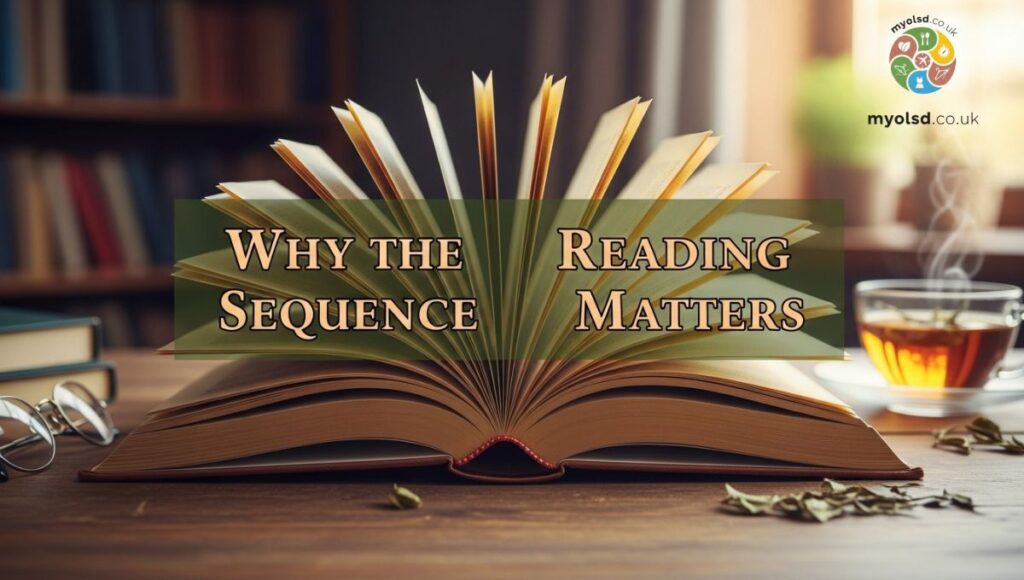
The Bible isn’t arranged like a typical storybook. It’s a collection of 66 writings, produced over many centuries, grouped by genre rather than by the order events took place. You might start with Genesis, but that’s only one option. Selecting a plan that fits your needs can make reading more enjoyable, especially if you’re just starting.
A well-thought-out approach can also reveal the bigger picture of God’s creation, humanity’s journey, the ministry and resurrection of Jesus, and the ultimate hope of renewal.
How to Begin Your Bible Reading
Before you start, choose a translation that’s easy to understand. For newcomers, versions such as the NIV (New International Version) or NLT (New Living Translation) often read more smoothly than the more formal KJV.
Dedicate a consistent time daily for reading; even 10 to 15 minutes can make a difference over time. Keep a journal for notes and reflections, and use study tools like a concordance when you come across challenging passages.
Rad more Article:Best Dueling Piano Songs
Beginner-Friendly Bible Reading Plan
If you’re opening the Bible for the first time, shorter, story-focused books can be a great starting point. This approach brings you into the heart of the Christian message early:
- John: A vivid portrait of who Jesus is and why He came
- James: Practical advice for living out your beliefs
- Mark: An action-filled account of Jesus’ works and words
- Genesis: The origins of the world and humanity
- Exodus: God’s deliverance of His people and the call of Moses
This mix balances Old and New Testament material without overwhelming you with detail at the start.
Reading the Bible in Chronological Order
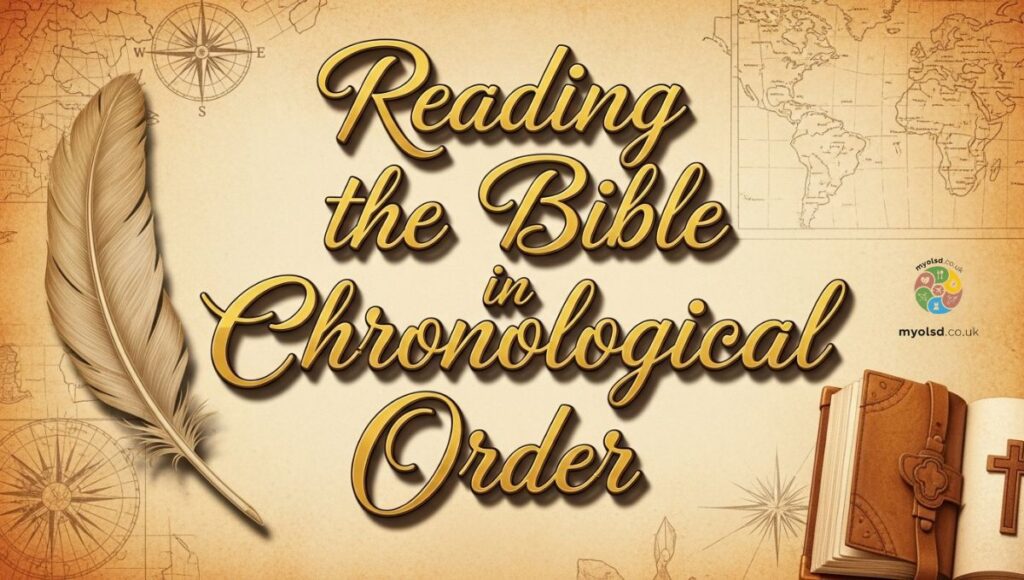
A chronological plan organizes the books in the sequence events happened. This lets you trace the historical flow:
- Genesis Deuteronomy Creation to the giving of the Law
- Historical books Joshua, Judges, and Kings
- Wisdom writings: Psalms, Proverbs, Ecclesiastes
- Prophets’ Messages of warning and hope
- Gospels: The ministry of Jesus
- Acts Revelation: The church and the promise of God’s future
Following this path shows how each event connects within God’s plan for humanity.
Canonical Bible Reading Order
The canonical order is the arrangement most printed Bibles use: Old Testament first, then New Testament. It’s a traditional method that works well if you want to experience the Bible as it appears in print.
Although it can be challenging at times, especially in sections with genealogies or laws, it offers a complete, structured view of Scripture.
Starting with the New Testament
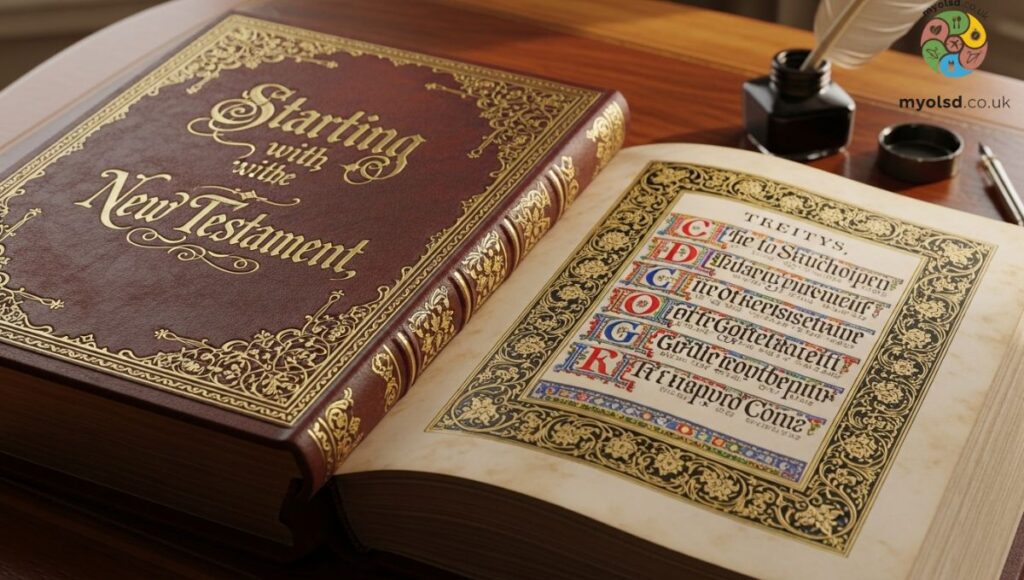
Some readers choose to begin with the New Testament to learn about Jesus and the gospel before exploring the Old Testament. One possible sequence is:
John → Acts → Romans → Ephesians → 1 John → Luke → Matthew → Galatians
This order builds a foundation in the life of Christ and His teachings before moving to practical instructions for daily faith.
Alternating Between Old and New Testament
You might prefer a blended approach, reading from both sections alternately. For example, you could read a Gospel, then an Old Testament history book, then a letter from Paul, and then a prophetic work.
This method maintains variety and shows how the two testaments connect.
Reading by Theme
If you’re drawn to a certain subject like God’s promises, biblical leadership, or prophecy, you can build a plan around it.
For example, a “Life of Jesus” theme could include all four Gospels, Acts, and selected prophecies from Isaiah.
Helpful Study Tools
You can make your reading experience easier and more insightful by using:
- Study Bibles with helpful commentary
- Bible reading apps to track progress and suggest plans
- Historical or theological commentaries for deeper understanding
Daily Reading Amount
There’s no rush. Even reading five to ten verses daily can lead to meaningful growth. What matters most is consistency, not speed.
Putting Scripture into Practice
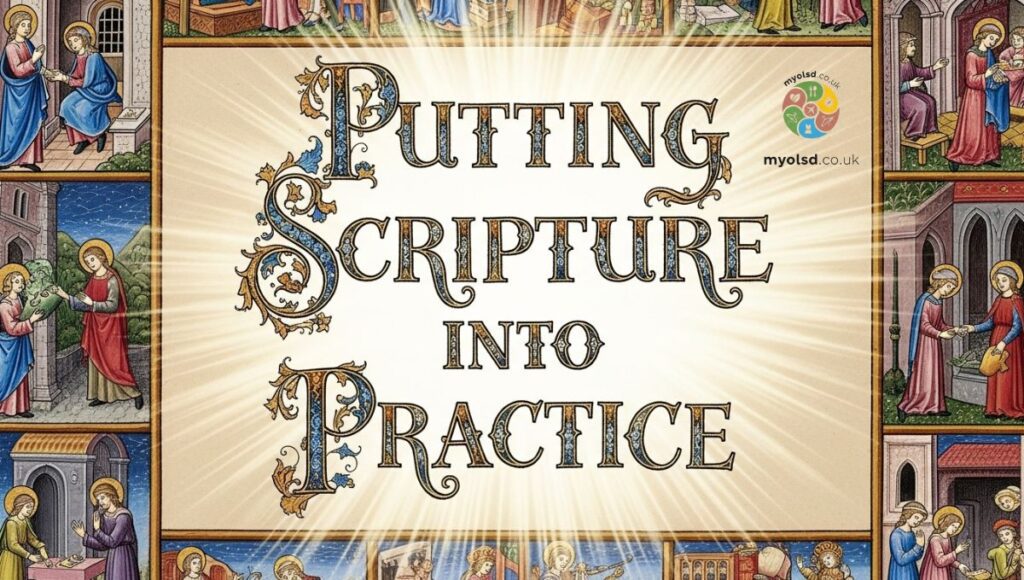
The Bible isn’t only to be read, it’s meant to guide your life. Take a moment after reading to reflect, pray, and consider how to live out what you’ve learned.
Mistakes to Avoid
- Trying to read the whole Bible in one sitting
- Taking verses out of context
- Only revisiting favorite parts while neglecting others
Making Bible Reading a Lifelong Habit
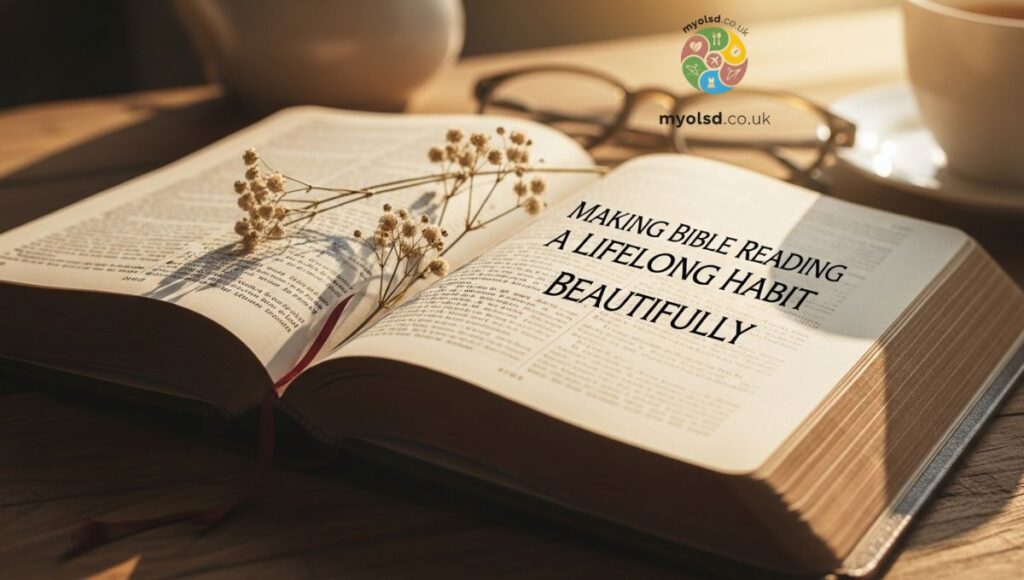
Treat your time in Scripture as a daily priority, just like eating or resting. Over time, you’ll not only understand the words but also see them reflected in your life.
Final Thoughts
There’s no universal best order to read the Bible; the right sequence depends on your goals, background, and schedule. Whether you choose chronological, thematic, or beginner-friendly plans, the key is to simply start.
The Bible is a lifelong journey. Choose an order, open it up, and let its truth transform your heart and mind.
FAQS
1. In what order should the Bible be read?
Chronological, thematic, or beginner-friendly sequences work best depending on your goals.
2. Where should I start reading in the Bible first?
Begin with John or Mark to understand Jesus’ life and message before the Old Testament.
3.What is a good Bible reading plan for beginners?
Start with John → James → Mark → Genesis → Exodus for balance and clarity.
4. In what order should the Bible be read?
Start with the Gospels (John first), then Acts, Paul’s letters, and finally the Old Testament for context.
4. Why is Matthew 17:21 missing from the Bible?
It’s missing because the earliest Greek manuscripts don’t include it, so modern translations omit or footnote it.

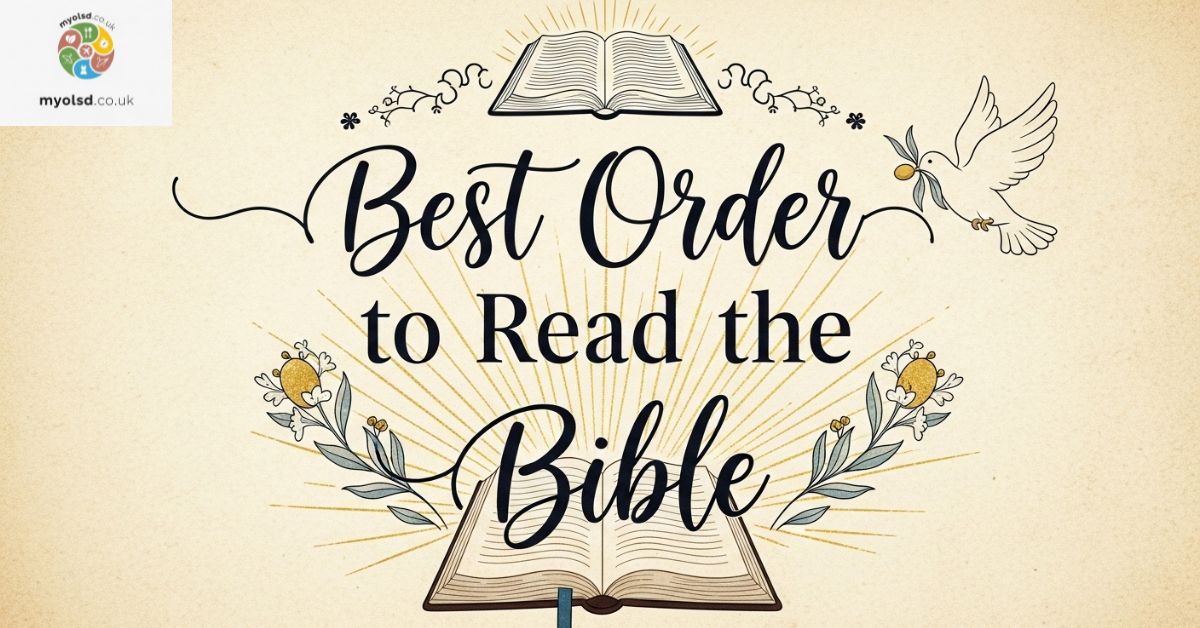
Some readers choose to begin with the New Testament to learn about Jesus and the gospel before exploring the Old Testament. One possible sequence